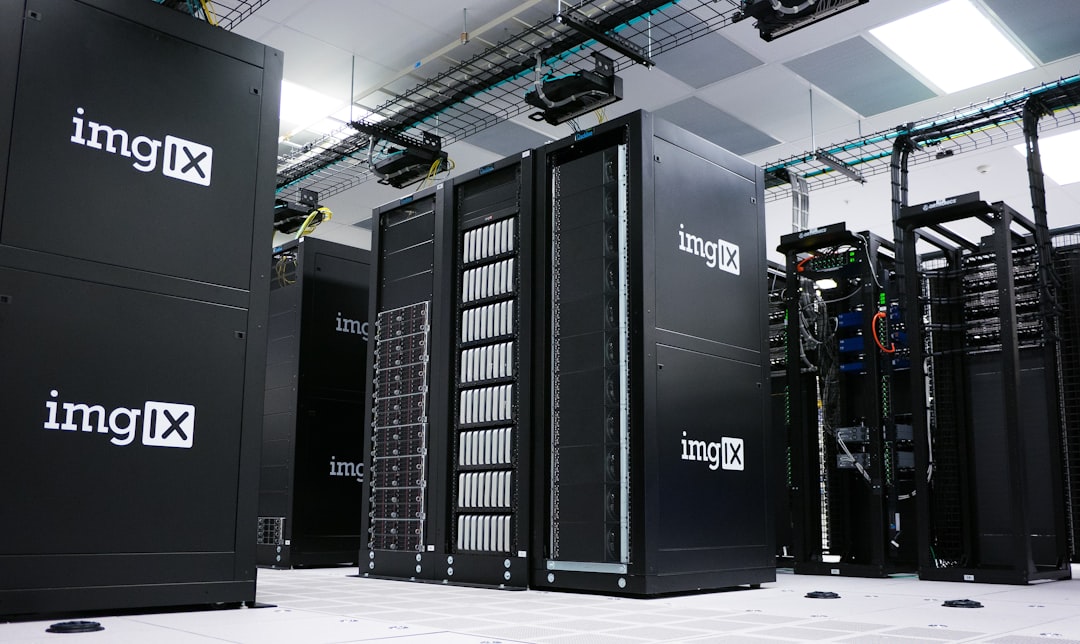
In recent months, artificial intelligence (AI) seems to have appeared in every corner of our lives — from news headlines to workplaces, homes, and our favorite apps. While it might feel sudden, AI’s rise is the result of decades of research, evolving infrastructure, and technological breakthroughs. What has truly made AI ubiquitous seemingly overnight is a perfect storm of availability, access, and application.
1. Technological Advancements and Computing Power
Advances in computing power, particularly through GPUs and cloud computing, have turbocharged the ability of machines to process vast amounts of data. These technologies enable faster model training, better prediction accuracy, and real-time adaptation. As hardware becomes more affordable and accessible, AI development no longer remains a luxury reserved for big tech companies.
Example: Training a large language model like ChatGPT used to require years of work and massive processing resources. Now, thanks to efficient algorithms and scalable infrastructure, more businesses can tap into similar technologies much faster.

2. Open Source and Shared Research
The AI community thrives on open collaboration. Models, datasets, and tools are frequently shared online, allowing developers across the globe to build on existing innovations instead of starting from scratch. This open approach speeds up innovation and application across domains. Platforms like GitHub, Hugging Face, and arXiv have become central hubs for AI progress.
3. The Rise of Generative AI
One of the biggest drivers of AI’s current moment in the spotlight is the rise of generative AI — systems capable of creating new content, whether it’s text, images, audio, or code. Generative AI tools like ChatGPT, DALL·E, and Midjourney have dazzled users with their ability to create essays, art, and software in seconds.
This blend of utility and creativity not only fascinates users but also opens up broad applications across industries including education, healthcare, marketing, and media.

4. Integration into Everyday Tools
AI is no longer limited to research labs or high-tech companies. Tech giants have started embedding AI into everyday products like search engines, word processors, and virtual assistants. Whether it’s Google integrating AI-driven search suggestions or Microsoft adding AI copilots in Office apps, AI is being delivered as part of familiar workflows.
This seamless integration makes AI feel more accessible than ever, often without users realizing they are interacting with sophisticated systems.
5. A Growing Ecosystem of Startups and Investment
The AI boom is also fueled by a surge in investment. Venture capital firms and tech investors are pouring billions into AI-focused startups, leading to a wave of innovation. From AI-powered diagnostics in healthcare to intelligent customer support, companies are racing to adopt and differentiate with AI.
6. Increased Public Awareness and Media Coverage
As with other major tech shifts, a spike in media coverage has helped popularize AI. Stories about AI passing exams, replacing jobs, or assisting in scientific discoveries have captured the public imagination. Whether positive, critical, or speculative, this attention helps propagate AI into public consciousness.
Furthermore, the global conversation around AI ethics, privacy, and governance is making AI not just a technological discussion, but a societal one.
7. Pandemic-Driven Digital Acceleration
The COVID-19 pandemic accelerated digital transformation across industries. Businesses adopted automation, virtual tools, and internet-connected platforms at a rapid pace. AI, with its ability to enhance remote experiences and automate workflows, became even more attractive.
In this sense, AI’s spread is as much about necessity and opportunity as it is about innovation.
Frequently Asked Questions (FAQ)
- Is AI really new?
No, AI has existed for decades in forms like rule-based systems and expert systems. What’s new is the recent maturity of deep learning and access to powerful models for general use. - Will AI replace jobs?
AI may automate certain tasks, especially repetitive or data-driven ones. However, it also creates new job opportunities in development, maintenance, and oversight. - Can small businesses benefit from AI?
Yes, thanks to cloud-based solutions and open-source tools, even small enterprises can adopt AI for marketing, customer service, analytics, and more. - Is AI safe to use?
Like any powerful technology, AI comes with risks. Responsible use, transparency, and ethical considerations are essential for safe implementation. - Why is everyone talking about ChatGPT?
ChatGPT is one of the most accessible and capable generative AI models. It demonstrated to millions of users what conversational AI could do, making AI feel real and personal.






